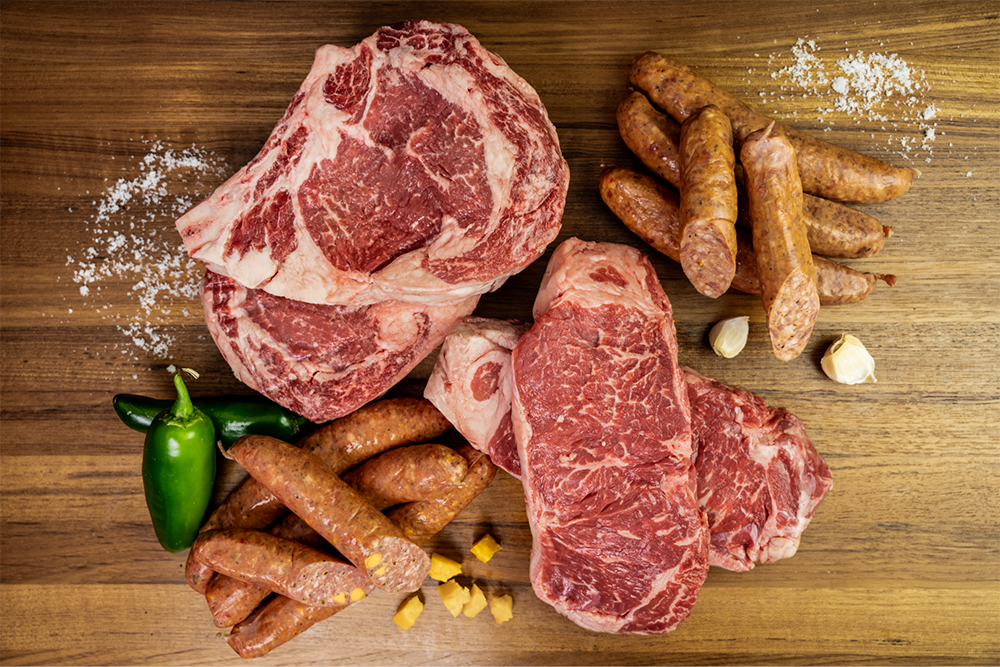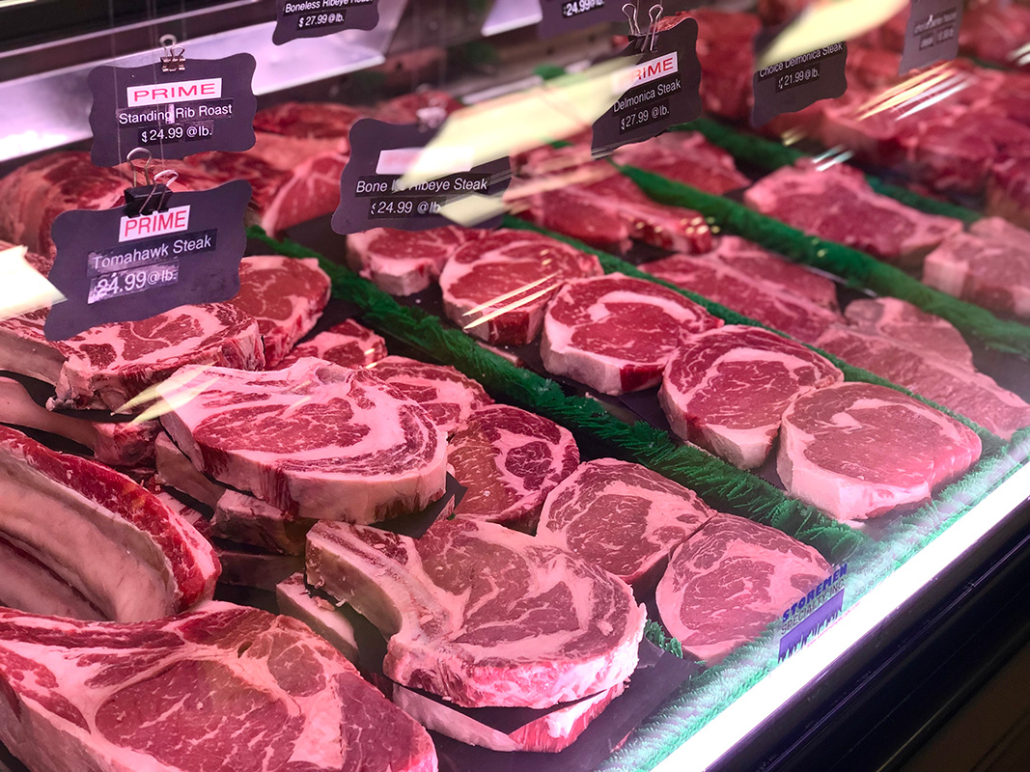Uncover the Art of the Butcher's Cut in a Modern Meat Market
In the ever-evolving landscape of modern meat markets, the butcher's cut has transcended its standard origins, merging old-time workmanship with contemporary methods. What genuinely sets the modern butcher apart is their capability to build a much deeper connection between customers and the beginnings of their meat.
Evolution of Butchery Strategies

The mid-20th century saw butchery techniques even more improved by clinical understandings right into muscle mass biology and meat aging, improving both tenderness and preference. Technologies like vacuum product packaging and refrigeration expanded item shelf-life, permitting butchers to branch out offerings and enhance quality control. This period also noted the rise of specialized tools, such as band saws and meat slicers, which increased precision and effectiveness in meat handling.
The 21st century has introduced digital modern technology right into the butchery world. Computerized systems now aid in monitoring animal provenance and enhancing cuts to meet certain consumer choices. In addition, a renewal in artisanal butchery has actually arised, blending typical abilities with modern-day knowledge to provide to consumers looking for honest and sustainable meat choices. This evolution underscores a vibrant interplay between custom and advancement, conference contemporary needs while maintaining the craft's heritage.

Understanding Meat Cuts

Comprehending the ins and outs of meat cuts is important for both butchers and consumers seeking top quality and worth. For butchers, specific cuts show ability and respect for the craft, making certain very little waste and optimal yield.
The main classifications of meat cuts include primal, sub-primal, and retail cuts. Butchers after that damage these down better into sub-primal cuts, before finally producing retail cuts offered to customers, like ribeye or tenderloin.
Comprehending muscle structure is essential; muscles utilized more frequently by the pet have a tendency to be harder and are best fit for slow cooking approaches, while less-used muscular tissues, like those discovered in the loin, are much more tender and perfect for cooking or roasting. Experience with these distinctions equips consumers to make educated selections, boosting their cooking undertakings.
Choosing Top Quality Meat
Picking the right meat includes more than just picking a visually attractive item from the display screen. The art of selecting quality meat needs a discerning eye and understanding of details attributes that indicate quality and excellence. Pay interest to the shade; beef must have a brilliant, cherry-red hue, while lamb needs to show a soft pink tone, and pork a pale pink. This indicates the meat is fresh and hasn't been subjected to oxygen for too lengthy.
Secondly, take into consideration the marbling, which refers to the white streaks of fat within the muscle. Correct marbling is an essential indicator of tenderness and taste, as it melts throughout cooking, enhancing the meat's juiciness. Bear in mind, greater marbling commonly correlates with exceptional high quality cuts, such as USDA Prime.
Structure is an additional important aspect; meat should really feel firm to the touch, not slimy or overly soft. In addition, bear in mind the fragrance. Fresh meat must have a tidy, neutral odor, devoid of any type of sour or repulsive odors.
Matching Cuts With Cooking Approaches
Effectively combining cuts of meat with the appropriate food preparation methods is important for achieving ideal flavor and structure. These techniques enhance the meat's natural tastes and make certain a juicy finish.
Alternatively, harder cuts like brisket and chuck roast are rich in collagen, which damages down into gelatin when cooked gradually. These cuts are perfect for braising or sluggish roasting, allowing the meat to tenderize gradually and create deep, intricate flavors. Cuts such as short ribs and pork shoulder fare well with slow-cooking techniques, where expanded cooking times transform their durable appearances into delicious dishes.
Lamb discover here shanks and oxtail, which call for prolonged food preparation to soften, are excellent candidates for cooking or sluggish simmering. These techniques coax out abundant, passionate flavors while preserving wetness. By recognizing the distinct characteristics of each cut, cooks and home cooks alike can elevate their culinary productions, making sure each meal is both satisfying and unforgettable.
The Butcher's Role Today
Browsing the progressing right here landscape of the modern meat market, the butcher's role today prolongs past plain prep work of cuts. Contemporary butchers are cooking artisans, educators, and supporters for sustainable techniques. They bridge the space in between the ranch and the fork by guaranteeing honest sourcing, comprehending animal husbandry, and prioritizing transparency in the supply chain. This change reflects the growing consumer demand for top quality over quantity, where provenance and pet welfare are vital.
In enhancement to crafting exact cuts, butchers currently engage straight with consumers, offering cooking advice and tailoring options to suit specific needs and choices. Their experience in meat aging, marbling, and taste accounts empowers customers to make enlightened decisions, enhancing their cooking experiences. This personalized solution exhibits the butcher's progressing function as a relied on expert in the kitchen.
Furthermore, butchers are essential in decreasing waste, utilizing whole pets to develop varied items such as sausages and stocks - bagley farms meat market edwardsville il. This comprehensive technique not just appreciates the pet yet additionally lines up with modern sustainability objectives. This way, the modern-day butcher personifies both tradition and innovation, adjusting to an ever-changing market while protecting the creativity and stability of their craft

Verdict
The contemporary butcher's craft elaborately weaves typical techniques with contemporary advancements, highlighting sustainable methods and moral sourcing. Mastery in recognizing diverse meat cuts and quality signs navigate to this website empowers butchers to supply informed suggestions, aligning details cuts with ideal food preparation approaches. This knowledge not just boosts culinary experiences however also enhances the link in between customers and the origins of their food. By recognizing historical methods while welcoming modern needs, the butcher's function stays important in today's advanced meat market.